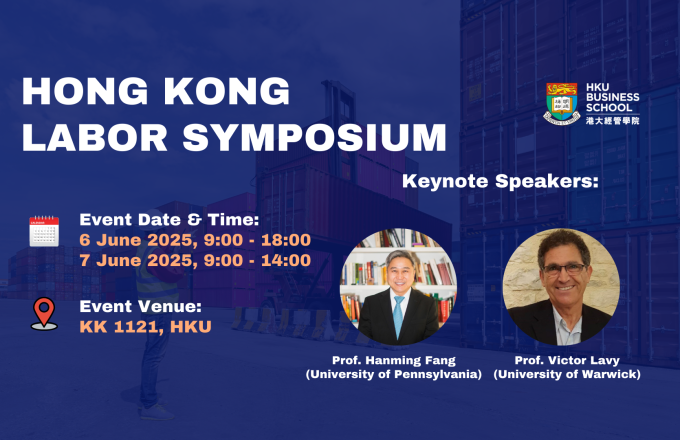Causal Decision Making and Causal Effect Estimation Are Not the Same…and Why It Matters
Dr. Carlos FERNÁNDEZ-LORÍA
Assistant Professor of Information Systems
HKUST Business School
Causal decision making (CDM) at scale has become a routine part of business, and increasingly, CDM is based on statistical models and machine learning algorithms. Businesses algorithmically target offers, incentives, and recommendations to affect consumer behavior. Recently, we have seen an acceleration of research related to CDM and causal effect estimation (CEE) using machine-learned models. This article highlights an important perspective: CDM is not the same as CEE, and counterintuitively, accurate CEE is not necessary for accurate CDM. Our experience is that this is not well understood by practitioners or most researchers. Technically, the estimand of interest is different, and this has important implications both for modeling and for the use of statistical models for CDM. We draw on recent research to highlight three implications. (1) We should carefully consider the objective function of the causal machine learning, and if possible, optimize for accurate “treatment assignment” rather than for accurate effect-size estimation. (2) Confounding affects CDM and CEE differently. The upshot here is that for supporting CDM it may be just as good or even better to learn with confounded data as with unconfounded data. (3) Causal statistical modeling may not be necessary at all to support CDM because a proxy target for statistical modeling might do as well or better. This third observation helps to explain at least one broad common CDM practice that seems “wrong” at first blush—the widespread use of noncausal models for targeting interventions. The last two implications are particularly important in practice, as acquiring (unconfounded) data on both “sides” of the counterfactual for modeling can be quite costly and often impracticable. These observations open substantial research ground. We hope to facilitate research in this area by pointing to related articles from multiple contributing fields, most of them written in the last five years.











